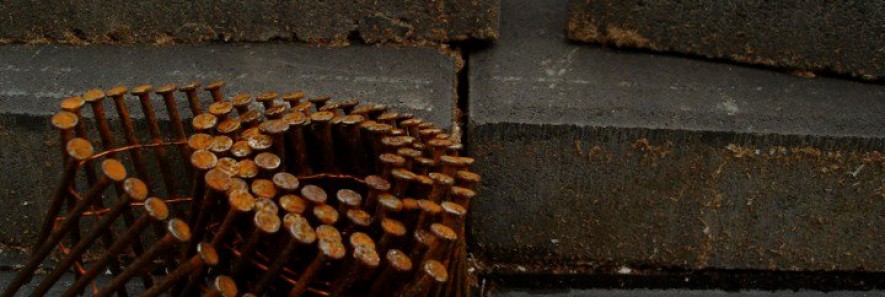For this assignment, we were to create a poster using the design aesthetic of the interbellum period. We had two options: to do a constructivist poster for a current issue, or to do a Postcubist pictorial modernist poster for a technology related product or service. I chose to do the latter, because I immediately got inspired to do an ad for my headphones. They are very bright and modern looking, and I actually think they are quite beautiful. I felt compelled to do a project around them.
Our first task was to create a “mind map” for our advertisement, which was a new exploration technique for me.
I quite liked this brainstorming technique, although I think I did it wrong. I approached it as an exercise in keeping my pen moving, no matter how silly the idea I generated was. It ended up generating a lot of interesting concepts that I know I wouldn’t have explored were it not for the mind map. Even though I didn’t do a traditional mind map, the “Stephanie way” worked quite well for me, and I will definitely return to this brainstorming technique in the future.
The next task was to create a mood board, and choose a specific style from the period we had chosen to emulate. I chose to go with the most simplistic pictorial modernist posters. The poster that explains this “simple” style that most quickly comes to mind is the famous Priester matches poster. I also quite enjoyed this step, and got kind of carried away. I found so many images that I felt were relevant to my project that I created three mood boards, one for colour and typography, one for design style, and one for image references.
Next, we were to render ten rough sketches based on the ideas that came out of our mind maps.
I actually found this part very challenging. When I was brainstorming and purely focusing on idea generation, I felt really inspired by this project. But once it came time to apply my ideas to sketches, I pulled out the project brief to make sure that I was staying on task. With the conditions of the brief in mind, and the style I had chosen to emulate as well, I felt like many of my concepts didn’t fit. I felt torn between choosing ideas that were innovative conceptually, and with choosing something that was what my teacher was asking for. Since I am going to school to hopefully one day be a graphic designer who needs to produce work for clients, I aired on the side of pleasing my teacher.
The next step was to take our three best sketches and render them as tight thumbnails in ink. We were to do these to scale, with all of the necessary text and layout applied.
Once I presented these thumbnails to the class last week, my teacher told me that they were too detailed for the style I had chosen. I felt so trapped! I had tried to pare down my concepts and sketches, yet it still wasn’t enough. I felt extremely conflicted- it seemed like I could either have tons of fun, or do the project correctly and simply “draw a pair of headphones” and slap them on a piece of paper. How boring!
When it came time to execute the final poster, I had a bit of rethinking to do. How could I stick with the super simplistic pictorial modernist style, and yet still make my poster compelling and fresh? I decided that working with cut paper would immediately give my poster a fresh edge, while still enabling me to simply “slap headphones on a poster.”
Ultimately, I am very happy with the finished product. I did lots of life-like shading on the headphones. I made sure to find examples of pictorial modernist posters doing the same thing first! Luckily, there are a few cases. As much as I love the aesthetic of this piece, I will never work in this detailed medium again. I cannot express what a b**** this poster was to make. Nor the amount of time it took. For something so simple looking, it truly was a labour of love.



















